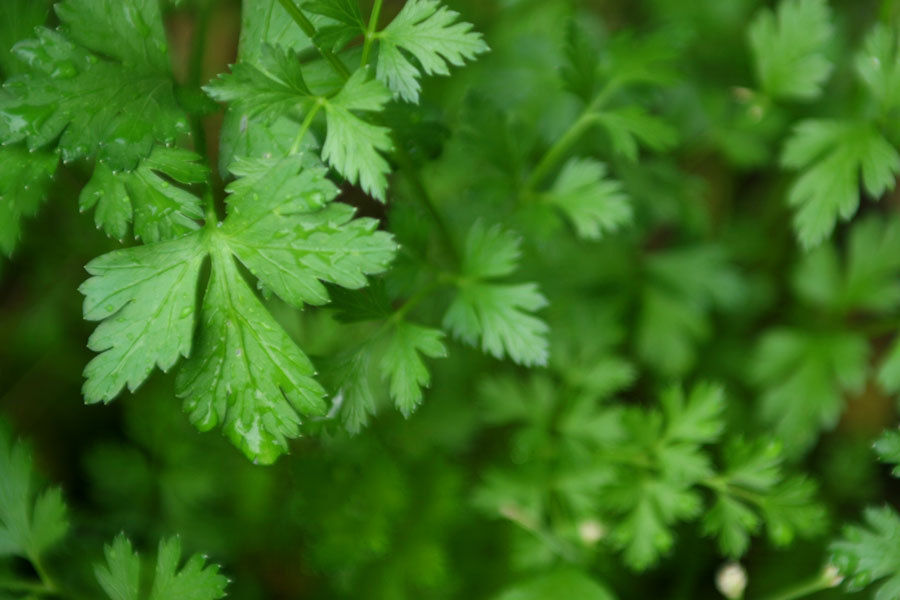The Farm Regulatory Certainty Act Explained
- simplefoods
- Nov 15, 2017
- 4 min read
The House Subcommittee on Environment (under the House Committee of Energy and Commerce) is currently considering the Farm Regulatory Certainty Act. It is waiting for additional details from witnesses before voting. If you're into breathing, drinking water, democracy, and/ or the 3 branches of government, I suggest you oppose this bill.
Here's the short story of the Farm Regulatory Certainty Act: Many modern animal agriculture facilities pollute our air, water, and food at an enormous scale and in ways that are dangerous to public health. The industry has been virtually unregulated since its transition from farms to factories in the mid-20th century. In 2015 one community successfully sued dairy companies that were polluting its local watershed in Washington state, far in excess of anything allowed by other industries under federal legislation. The successful suit against the dairy industry was brought under the Resource Conservation and Recovery Act. What do you do if you're the industrial animal agriculture industry? You write a law to make sure you can never be sued again under the Resource Conservation and Recovery Act. The law to protect large industrial animal agriculture operations, is the Farm Regulatory Certainty Act, which has yet to receive a bill number in its current iteration. It is bad for all but, like, 100 people on the planet.
Below I explain this summary in more detail (and with lots of supportive evidence). Most of my peer-reviewed sources are open source so that you can check my interpretation.
Air and water pollution from animal agriculture facilities, often called CAFOs, is bad. It's very bad. In the US, we generate over 300 million tons of animal poop a year, 40 times what we generate in human poop. And, unlike human poop, we do not treat animal poop to rid it of pathogens and other harmful agents. Furthermore, animal agriculture these days is big business so just one facility generates literal tons of poop every year, as pictured below (image source http://manure.ucdavis.edu/Illustrations/Dairy_Lagoons/) (1). In summary, living next to a CAFO sucks (2).

You probably won't be surprised to know that CAFOs are generally located in communities of color and with low socioeconomic means (3-5). Thus relocating is often not an option for members of the community who suffer the effects of CAFO pollution. Next, it's really hard to regulate pollution from CAFOs. For other industries, water pollution is regulated under the Clean Water Act. The EPA has delegated responsibility for enforcing this law to states. In turn, all 50 states fail to enforce Clean Water Act regulations, instead granting agricultural exemptions to CAFOs (6,7). Furthermore, local communities have virtually no power to enforce their own environmental or public health laws when it comes to animal agriculture (8, 9). There is hope for communities, however, at least for now. In 2015, a community organization in Yakima Valley, WA, along with the Center for Food Safety successfully sued local dairy companies for pollution regulated under the Resource Conservation and Recovery Act instead of the Clean Air Act. As a result, these dairies must now follow best practices to manage manure (11, 12). The proposed Farm Regulatory Certainty Act, the topic of this post, is designed to eliminate the possibility of any other community bringing a successful lawsuit against a CAFO using the Resource Conservation and Recovery Act. It specifies that the Resource Conservation and Recovery Act does not apply to agricultural operations, and that citizens may not sue an operation already covered by another federal or state law (i.e. all CAFOs) (13). I personally think of animal agriculture farmers as really good people caught in an extremely bad system. As a farmer, if you want to sell your animal products in large retail outlets (like grocery stores), you need to comply with the specifications of your contracted company (14). Our current system of industrial animal agriculture is no better, and probably far worse, for farmers than it is for their neighbors. I like people more than companies, so I am strongly opposed to this bill. If you are too, please check to see if your state representative(s) are on the Environment subcommittee, https://energycommerce.house.gov/subcommittee/environment/ and CALL THEM!!! I've heard over and over from federal legislators that it only takes 12 calls from constituents to make them reexamine an issue. Usually 12 people simply don't call. Let's make this time different! 1. Graham, Jay P., and Keeve E. Nachman. "Managing waste from confined animal feeding operations in the United States: the need for sanitary reform." Journal of water and health 8.4 (2010): 646-670.2. 2. Donham, Kelley J., et al. "Community health and socioeconomic issues surrounding concentrated animal feeding operations." Environmental health perspectives 115.2 (2007): 317. 3. Ladd AE, Edward B. Corporate Swine and Capitalist Pigs: A Decade of Environmental Injustice and Protest in North Carolina. Soc Justice. 2002;29:26–46. 4. Environmental injustice and the Mississippi hog industry. Wilson SM, Howell F, Wing S, Sobsey M. Environ Health Perspect. 2002 Apr; 110 Suppl 2():195-201. 5. Environmental injustice in North Carolina's hog industry. Wing S, Cole D, Grant G. Environ Health Perspect. 2000 Mar; 108(3):225-31. 6. Heinzen, Tarah, and Abel Russ. "Using Emerging Pollution Tracking Methods to Address the Downstream Impacts of Factory Farm Animal Welfare Abuse." Pace Envtl. L. Rev. 31 (2014): i. 7. Centner, Terence J., and Jessica E. Alcorn. "Preemption of Local Governmental Ordinances Regulating Concentrated Animal Feeding Operations in the United States." Environment and Pollution 4.2 (2015): 66. 8. Fry, Jillian P., et al. "Investigating the role of state and local health departments in addressing public health concerns related to industrial food animal production sites." PloS one 8.1 (2013): e54720. 9. Fry, J. P., et al. "Investigating the Role of State Permitting and Agriculture Agencies in Addressing Public." (2014). 11. http://www.foodsafetynews.com/2015/01/wa-dairies-in-violation-of-environmental-protection-laws/#.WgyY5lPyuRt 12. https://www.calt.iastate.edu/article/court-says-application-manure-farmland-manner-inconsistent-good-husbandry-agricultural 13. https://democrats-energycommerce.house.gov/sites/democrats.energycommerce.house.gov/files/documents/BILLS-115pih-HR___FarmRegulatoryCertaintyAct.pdf 14. Macdonald, James M. and Penni Korb. "Agricultural contracting update: contracts in 2008." EIB-72 U.S. Department of Agriculture, ERS. February 2011.





Comments